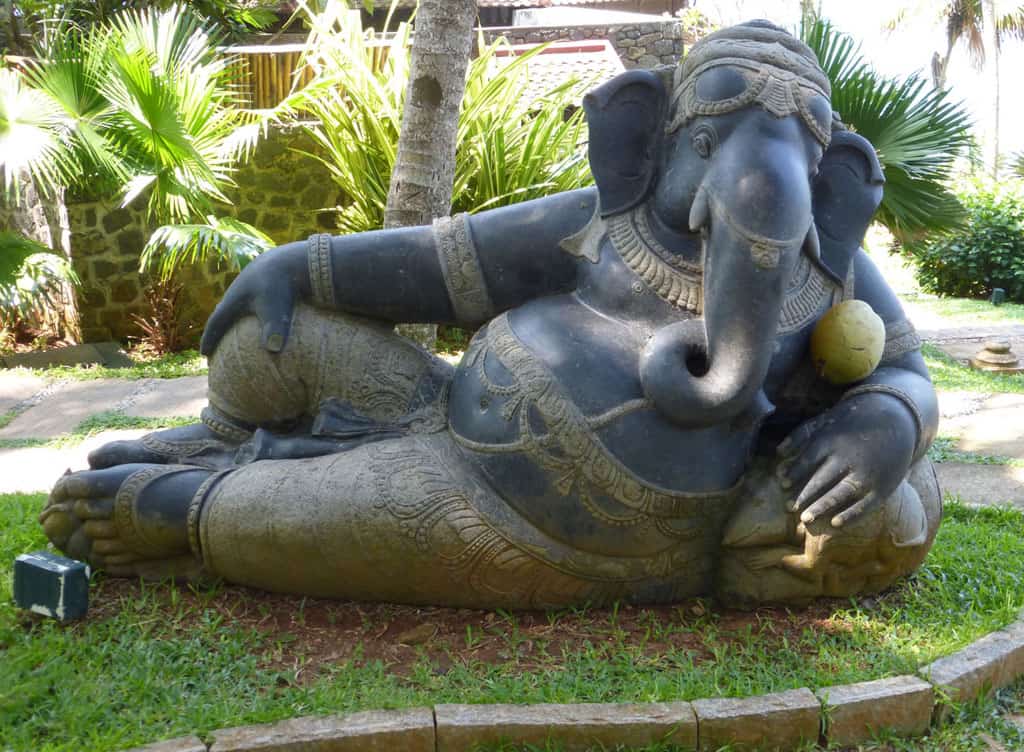In February 2014 I spent several weeks in India, a country where I did geologic work for many years but had not visited recently. The first – overwhelming – impression was one of change. The cities, at least, appear much more modern and prosperous than they did a few decades ago. High rises are everywhere. Smart cafes are full of young people with iPads and laptops. Cars of every description have replaced bullock carts and, to a large extent, the venerable Ambassador, once almost the only car on Indian roads.

But I want to say something here about geology. Flying between Ahmedabad and Bombay on a clear day, and then on to Cochin in the south, provided spectacular views of one of the world’s great geological features, the Deccan Traps. What are ‘Traps’? you may ask. It’s a term geologists sometimes use for thick sequences of solidified lava flows, built up one upon another, that, when eroded, sometimes form step-like hillsides (the word ‘trap’ comes from the Swedish word for stairs). Take a look at the photo to the left. It shows a view of the now deeply eroded Deccan Traps near Mahabaleshwar, roughly 300 km southeast of Bombay. You can easily pick out the horizontal lava flows on the hillsides (click on the picture if you want an enlarged view).
The lava flows that make up the Deccan Traps were mostly erupted between 65 and 67 million years ago. In geological terms, that doesn’t make them particularly ancient, but it’s long enough ago that a significant fraction of the Deccan Traps has been eroded away – by some estimates, they once covered three times as much of India’s landscape as they do now. Even so, they currently extend over some five hundred thousand square kilometers, a massive swathe of central India. In places the lava flows are stacked up more than a kilometer thick. And some of the individual flows can be traced over distances of a hundred kilometers or more.
What causes such huge outpourings of lava from the Earth’s interior? Most geologists think they originate when great blobs of hot material rise from very deep in the Earth – much like the rising blobs of warm wax in a lava lamp – pushing up and cracking the Earth’s crust and erupting enormous quantities of basalt lava. India isn’t the only place on Earth where such formations are found; others occur in the Pacific Northwest of the U.S., in Siberia, in eastern South America and western southern Africa (this was once a single basalt province, but split apart when the Atlantic Ocean opened), and even on the seafloor. Geologists refer to these formations as large igneous provinces, or LIPs. They are characterized by a style of volcanism very different from the violent, explosive eruptions that form classic volcanoes such as Mt. Fuji in Japan. Instead, LIPs volcanism is relatively quiet, with large volumes of very fluid basalt lava pouring out of fissures in the crust and flooding the landscape. In recent years it has been recognized that such rapid and voluminous eruptions must have released large quantities of carbon dioxide (and other gases) into the atmosphere, warming the planet and probably playing a role in mass extinctions.
